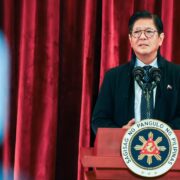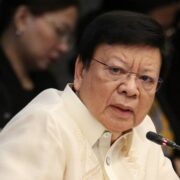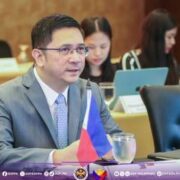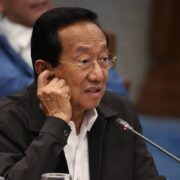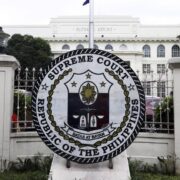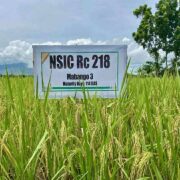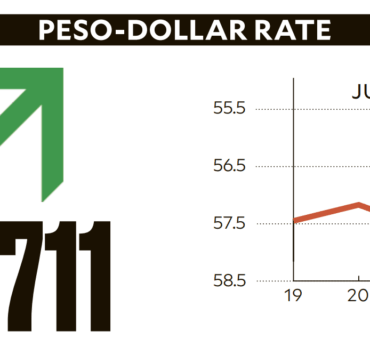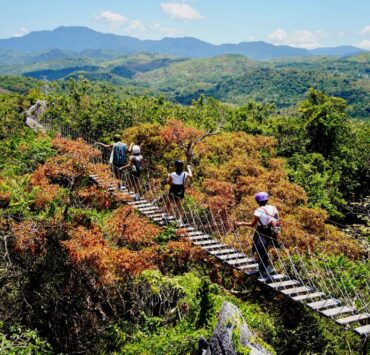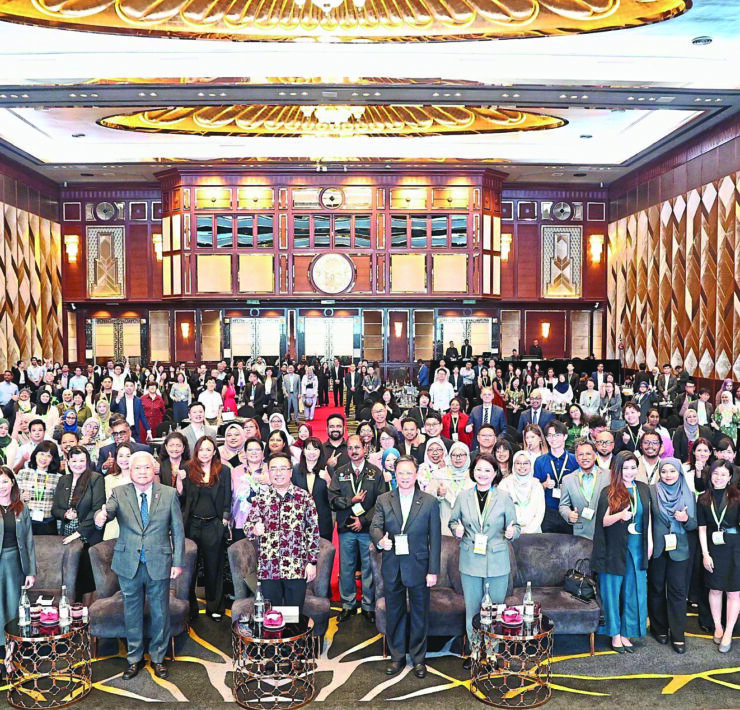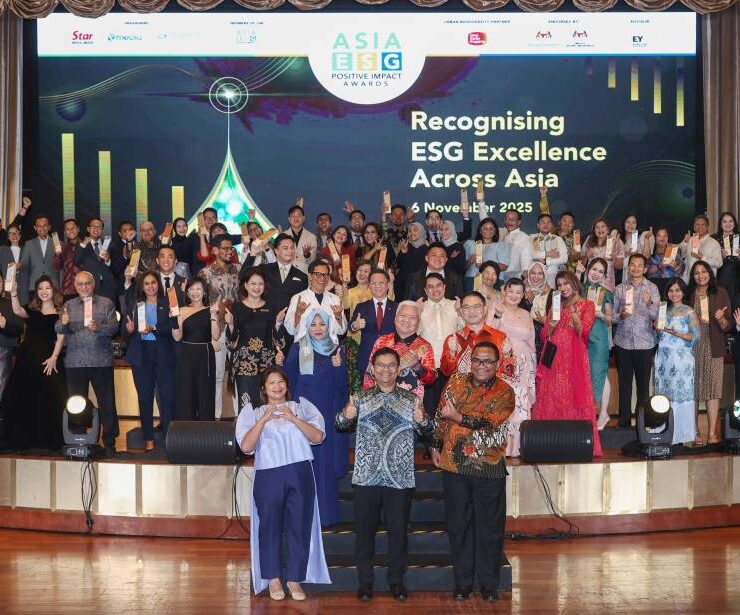Soil erosion: Fighting the hidden enemy of farmers
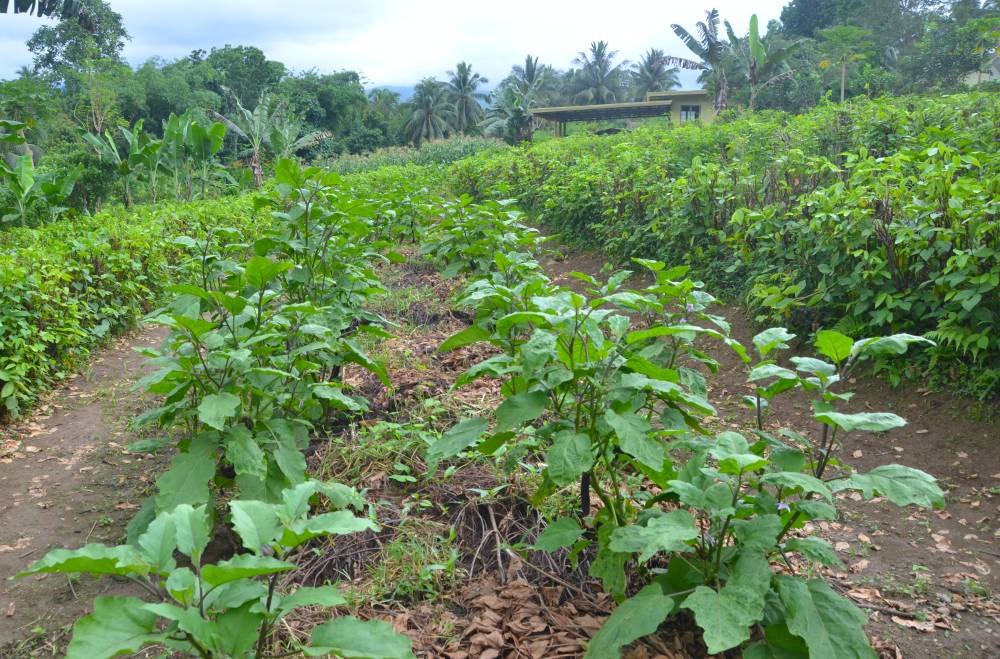
“Soil erosion is an enemy to any nation—far worse than any outside enemy coming into a country and conquering it, because it’s an enemy you cannot see vividly. It’s a slow creeping enemy that soon possesses the land.”
Those words are by Rev. Harold Ray Watson, once the director of Davao-based Mindanao Baptist Rural Life Center (MBRLC). He delivered the statement when he received the prestigious Ramon Magsaysay Award, Asia’s Nobel Prize, for international understanding in 1985.
Soil erosion could imperil the country’s food supply in the coming years, warned Watson. “Land is not being remade. It takes thousands of years to build one inch of topsoil but only one good heavy rain to remove one inch from unprotected soil on the slopes of mountains.”
Forty years may have elapsed since Watson raised the alarm on soil erosion, but it is timely as ever. During the first National Soil Health Summit in 2023, President Marcos said about 75 percent of the country’s “total crop land is vulnerable to erosion in various degrees, with agriculture losing about 457 million tons of soil annually.”
“Our soil is under threat and to continue to neglect this vital agricultural component will lead to even worse crises in the future,” he added.

Productive land
Under typical circumstances, soil develops at a pace of one centimeter every 100 to 400 years, requiring between 3,000 and 12,000 years to generate sufficient soil for the creation of productive land.
“This indicates that soil is, in essence, a nonrenewable resource,” said the UN Food and Agriculture Organization. “Once it is destroyed, it is irretrievably lost.”
Through the years, a variety of strategies designed to manage erosion have been methodically formulated and improved. In the Philippines, one of the most advanced erosion controls is the Sloping Agricultural Land Technology (SALT) developed by MBRLC.
“SALT significantly mitigates the risks associated with drought, landslides, floods, the silting of low-lying areas, and wind erosion, all of which are connected to the drastic alteration of the natural environment and the devastation of mountain forests,” said Jethro Adang, MBRLC director. “It also transforms unsightly eroded and barren slopes into vibrant landscapes adorned with lush vegetation.”
More importantly, SALT helps control soil erosion. A research study carried out at the MBRLC farm revealed that traditional farming practices result in soil erosion at a rate of 1,163.4 metric tons (MT) per hectare annually. In contrast, a SALT farm experiences significantly lower erosion, with a rate of only 20.2 MT per hectare per year during the same time frame.
The soil loss rate on a SALT farm is measured at 3.4 MT per hectare per year, which falls within the acceptable limits. Soil scientists generally consider the tolerable soil loss for tropical countries, such as the Philippines, to be between 10 and 12 MT per hectare annually. Conversely, the non-SALT farm exhibits a much higher annual soil loss rate of 194.3 MT per hectare.
Meticulous management
The SALT scheme necessitates meticulous management of the spacing between hedgerows. It is advisable to implement a blend of permanent, semi-permanent, and annual crops to restore the ecosystem and optimize yields, while also allowing farmers to manage their time effectively.
The success of the SALT initiative has led to the development of three additional systems: Simple Agro-Livestock Technology (SALT), which incorporates livestock management into the SALT framework; Sustainable Agroforest Land Technology (SALT 3), which focuses on the dual production of food and timber; and Small Agrofruit Livelihood Technology (SALT 4), which involves the simultaneous planting of fruits and trees in a shared space.
“All the SALT systems can aid in restoring productivity to degraded lands. They are also applicable in newly cleared areas to mitigate soil erosion,” said Adang.
Henrylito D. Tacio is a science journalist who specializes in reporting on the environment, agriculture, technology, and medicine. He is the current president of the Philippine Network of Environmental Journalists, Inc.





